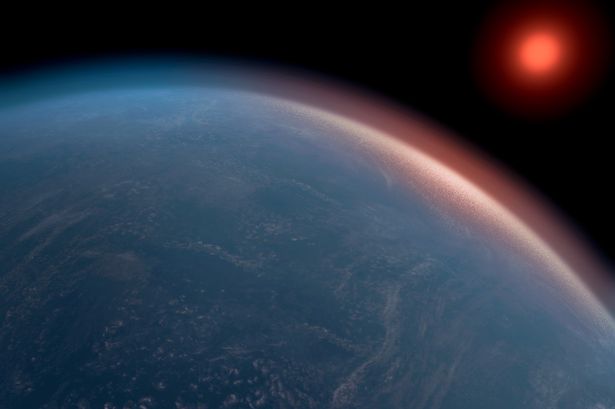Our Terms & Conditions | Our Privacy Policy
Scientists discover mysterious perfect sphere in space sending out radio signals
Scientists have discovered a “near-perfectly circular shape,” sitting in deep space
A sphere has been detected in deep space(Image: PA)
A sphere with “remarkable circular symmetry,” has been discovered by Australia’s ASKAP telescope, leaving scientists baffled over what it could possibly be.
The “perfect” sphere is hiding in our very own Milky Way galaxy trillions of miles away from our own blue marble.
While invisible to the naked eye, the current size of, what the team has called, Teleios is as big as possibly 157 light-years in diameter, though it is thought to be expanding.
Read more: Met Office tells gardeners to do these five things in May
It can also only be seen by radio waves, the longest wavelengths in the electromagnetic spectrum.
The international team of researchers said: “Teleios [is] named from the Greek Τελεɩοσ (‘perfect’) for its near-perfectly circular shape.
“The most obvious characteristic of Teleios is its remarkable circular symmetry, coupled with a low surface brightness.”
The team led by astrophysicist Miroslav Filipovic at Western Sydney University in Australia added: “This unique object has never been seen in any wavelength, including visible light, demonstrating ASKAP’s incredible ability to discover new objects.”
Despite the news igniting the imagination of science-fiction fans everywhere, it seems there could be a perfectly plausable explanation for the sphere.
While scientists still don’t know what exactly it is, they do have theories including that it is a Type la supernova remnant.
A supernova is a powerful explosion of a star, occurring when a massive star reaches the end of its life or when a white dwarf star is triggered into runaway nuclear fusion.
A Type la supernova is one that doesn’t destroy the white dwarf completely but leaves behind a zombie-like remnant.
This appears to fit the description of the recently detected sphere.
The scientists added: “We have made an exhaustive exploration of the possible evolutionary state of the supernova based on its surface brightness, apparent size and possible distances.
“All possible scenarios have their challenges, especially considering the lack of X-ray emission that is expected to be detectable given our evolutionary modelling.
“While we deem the Type Ia scenario the most likely, we note that no direct evidence is available to definitively confirm any scenario and new sensitive and high-resolution observations of this object are needed.”
Images are for reference only.Images and contents gathered automatic from google or 3rd party sources.All rights on the images and contents are with their legal original owners.



Comments are closed.